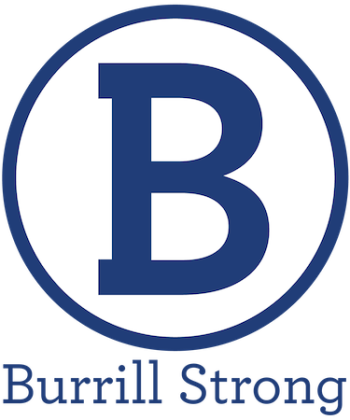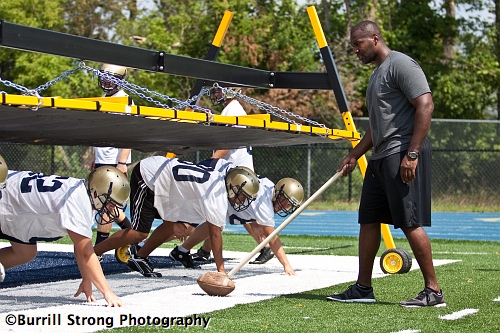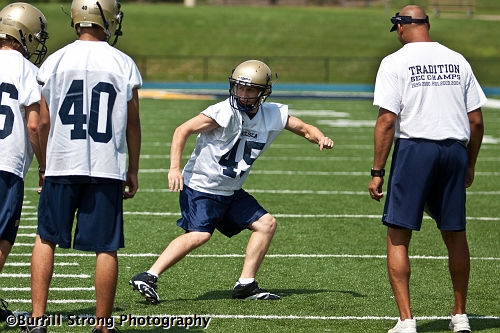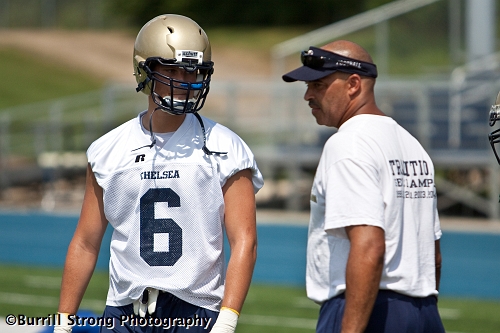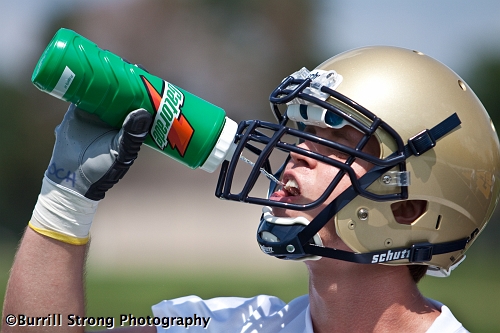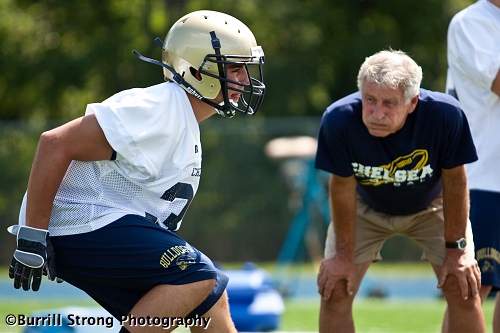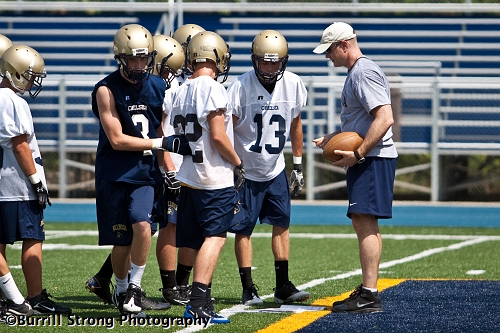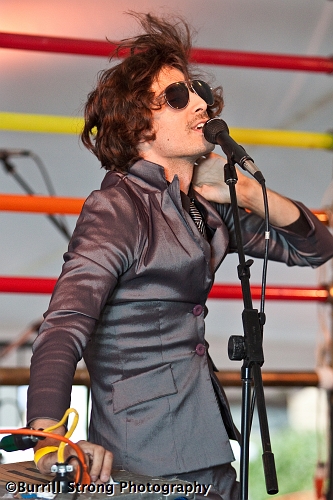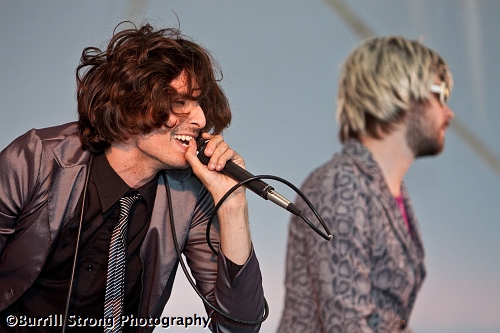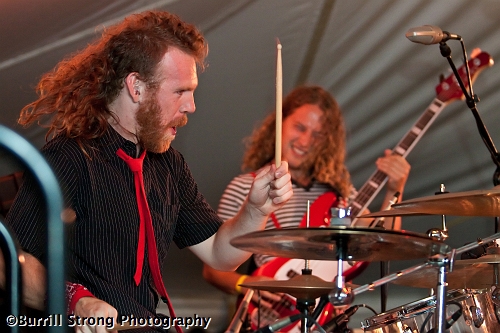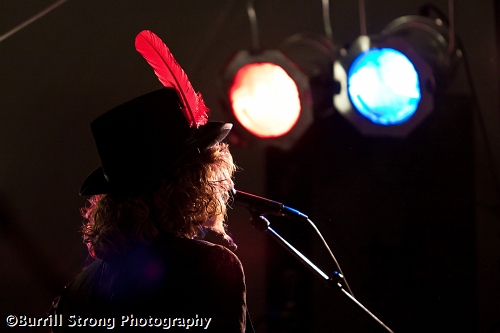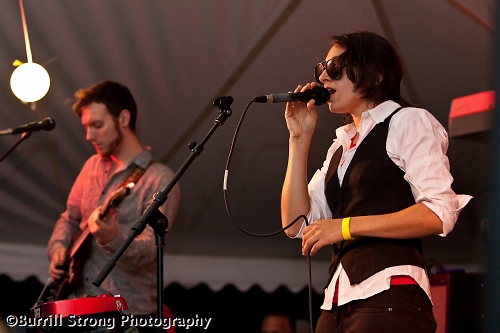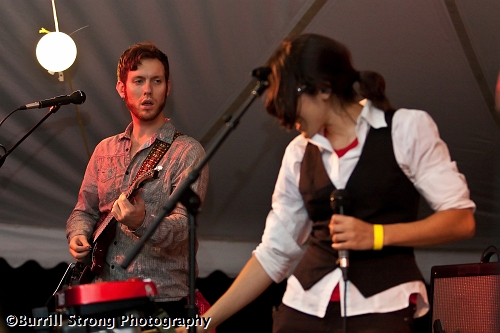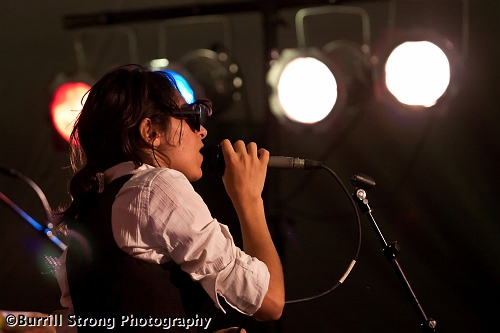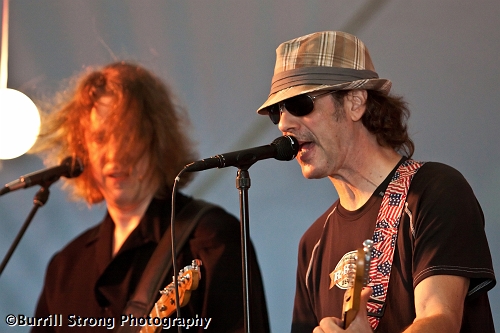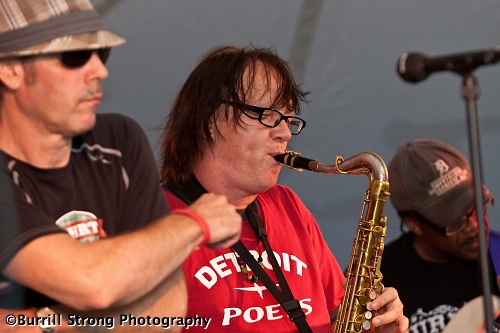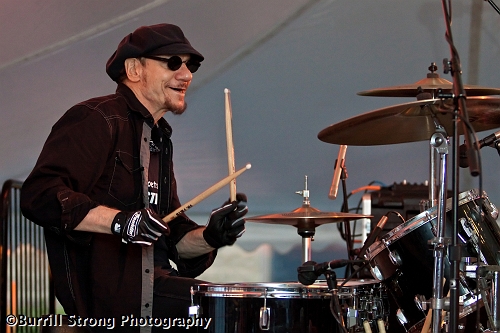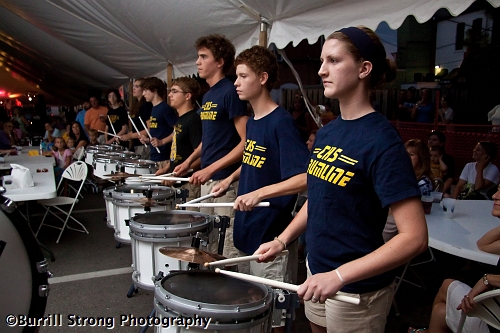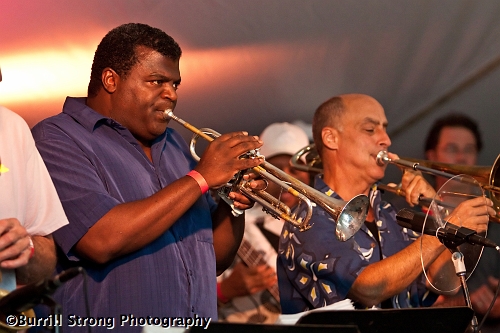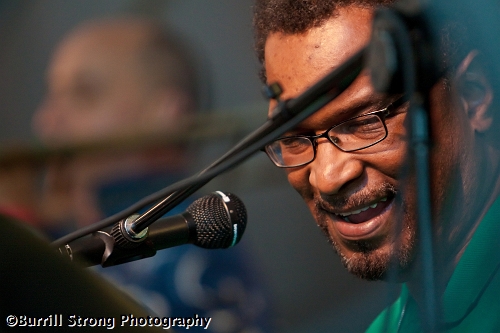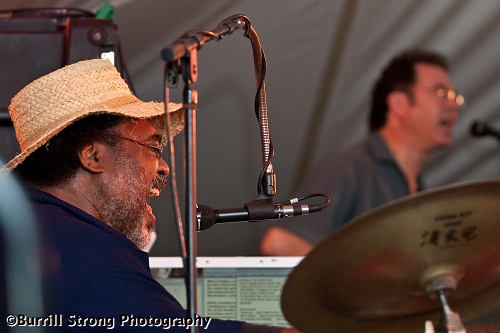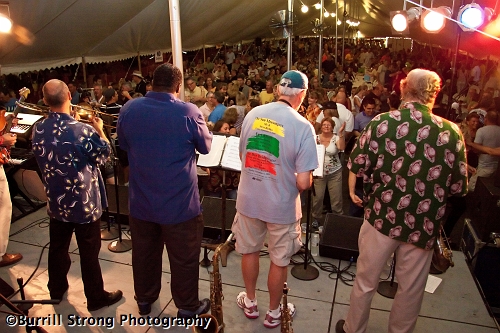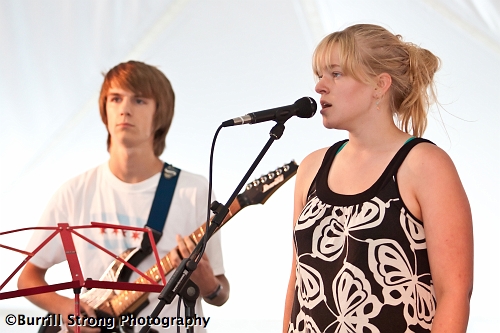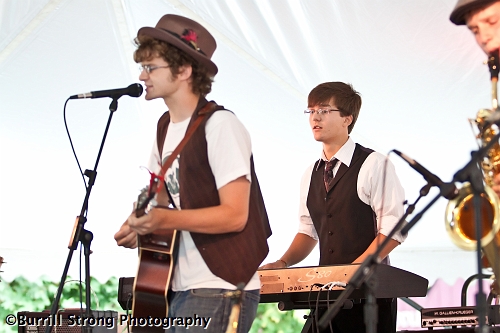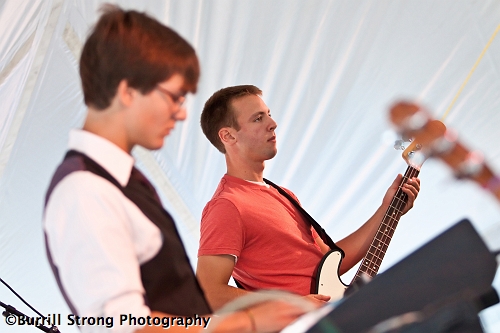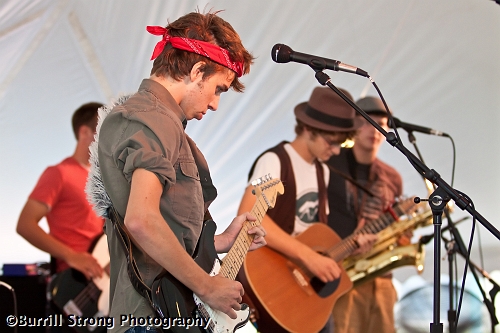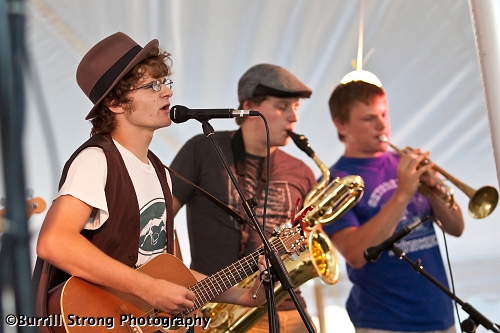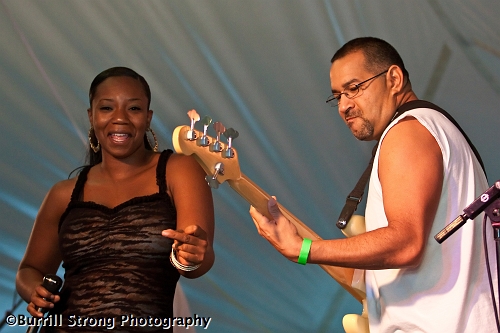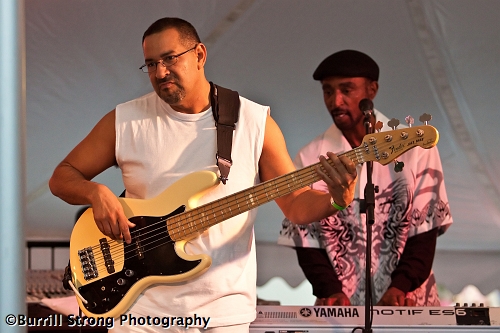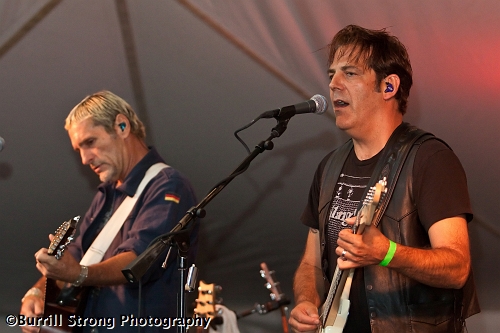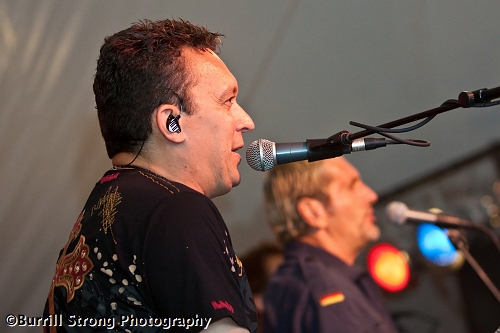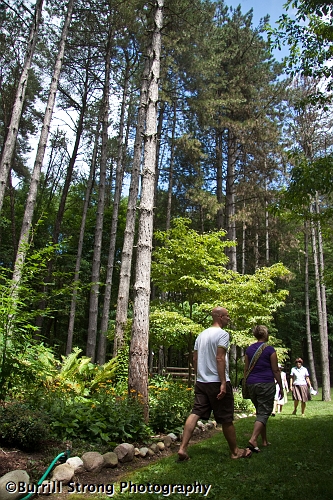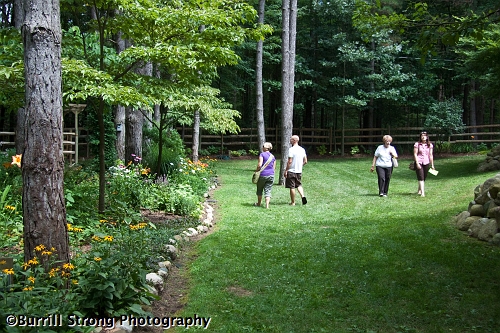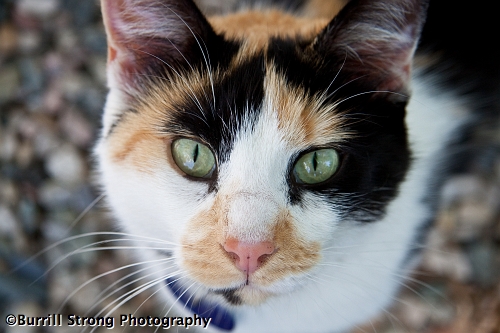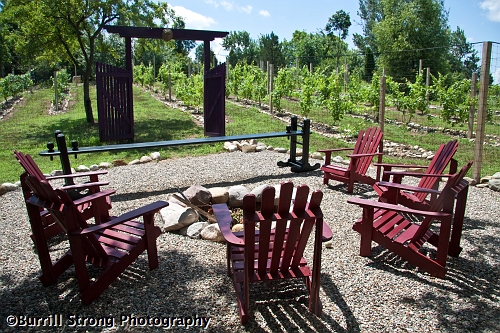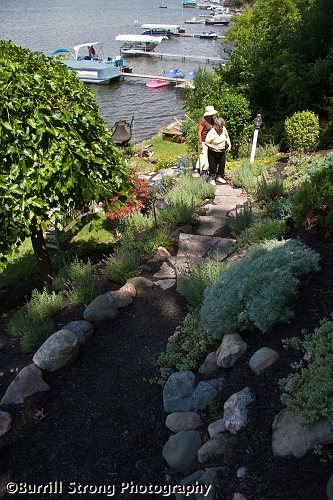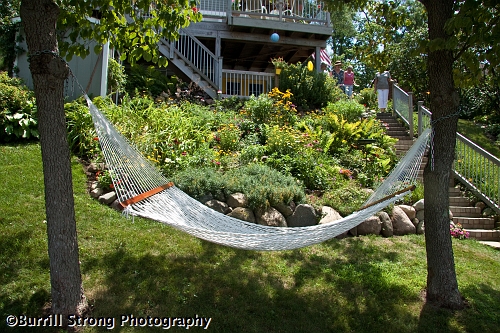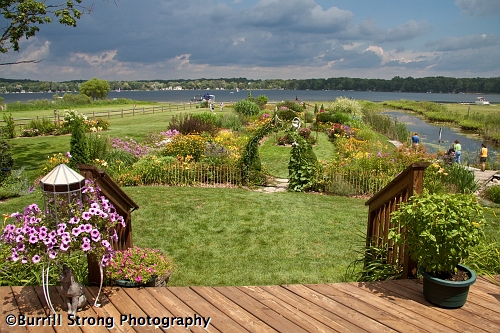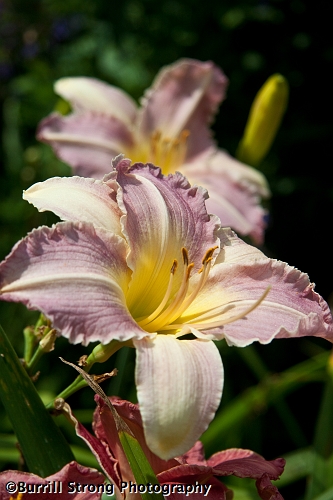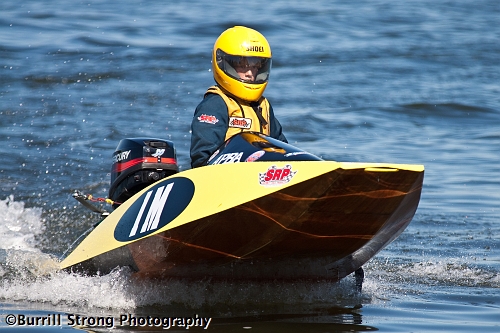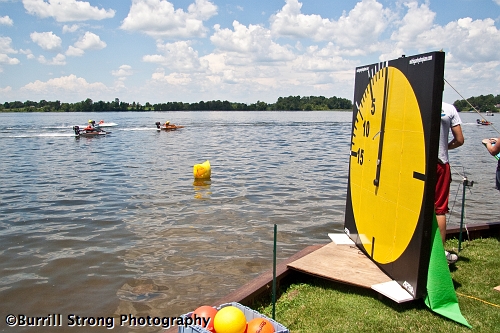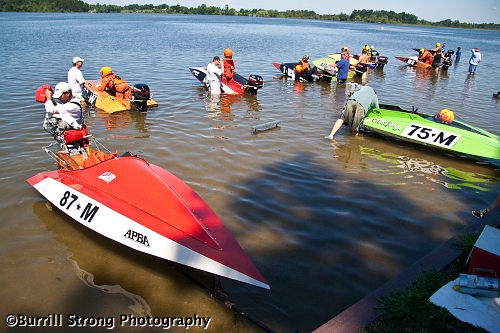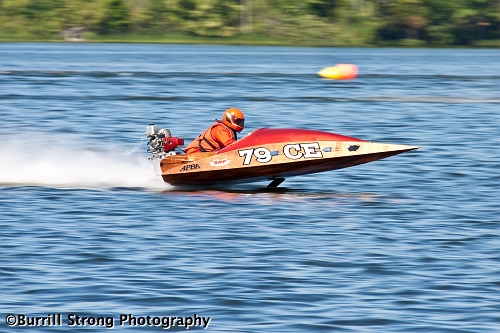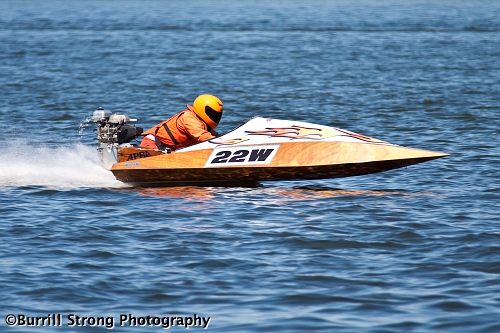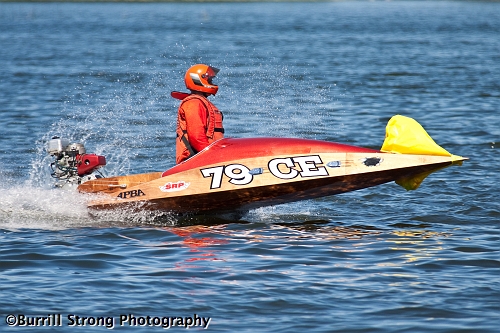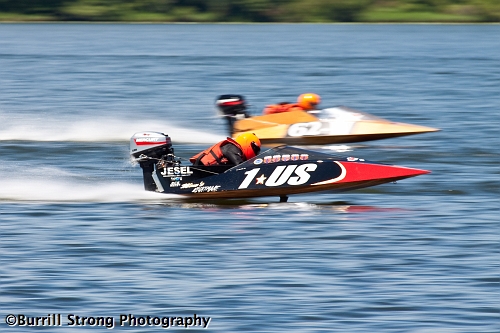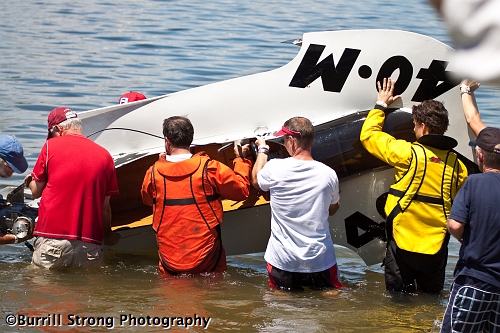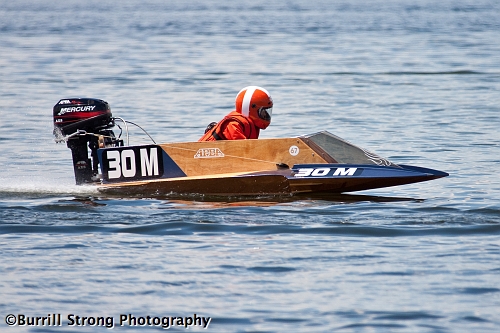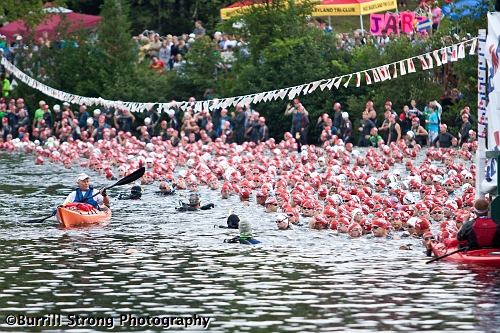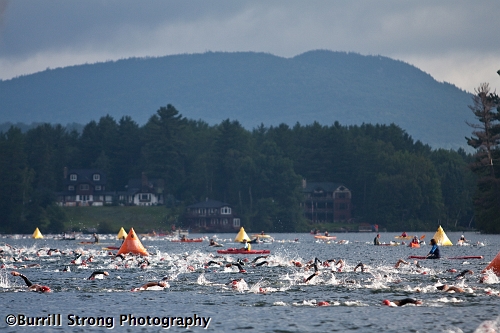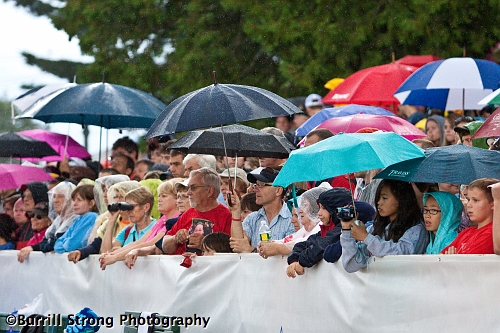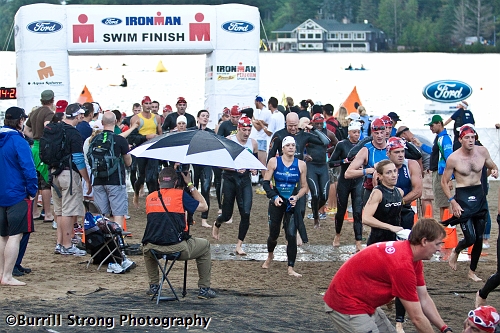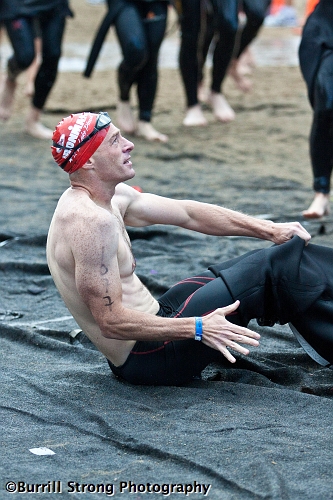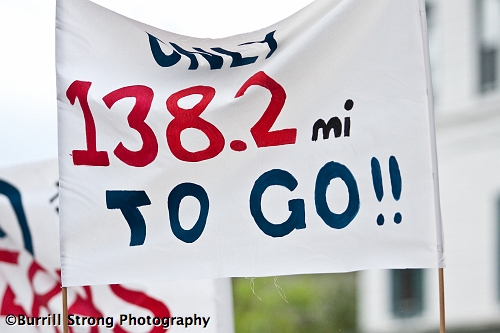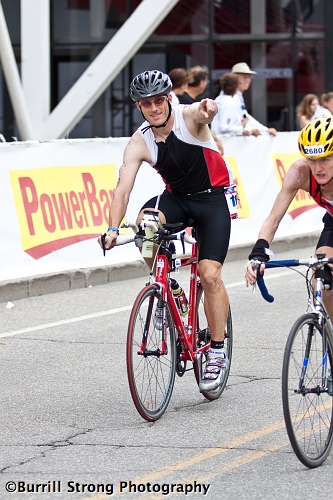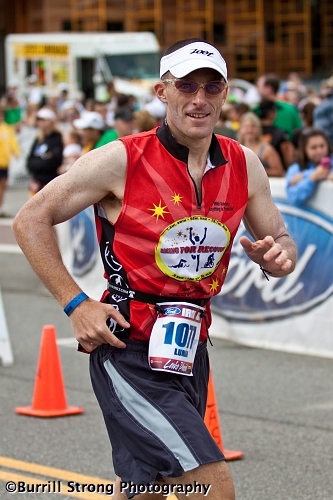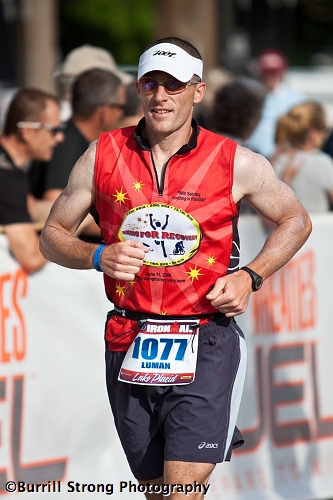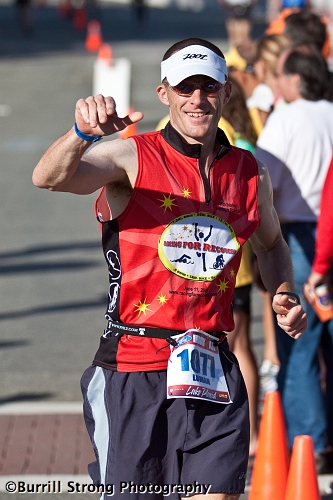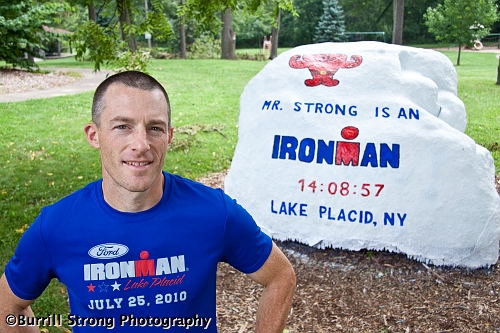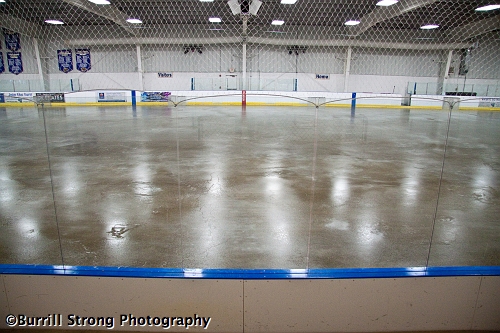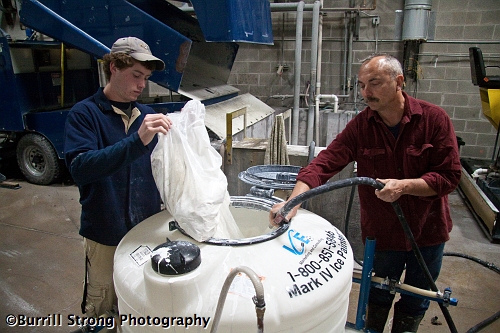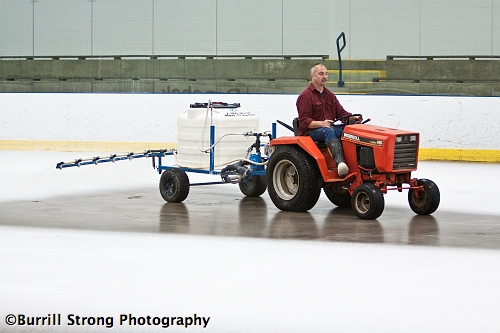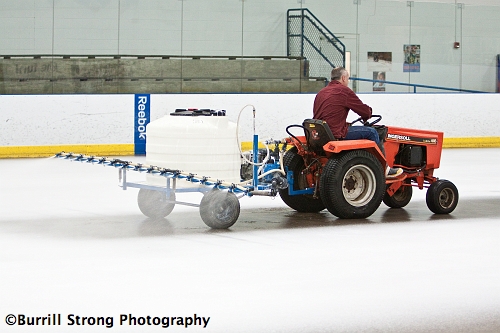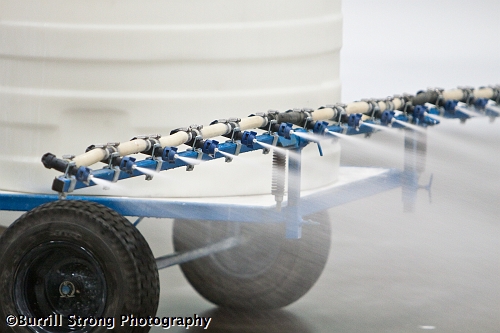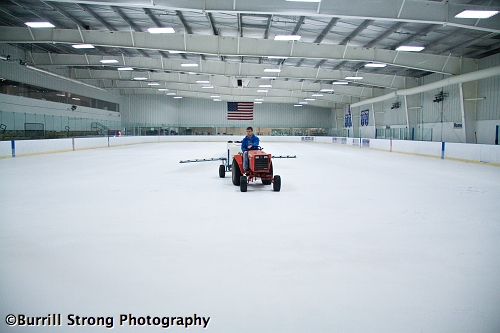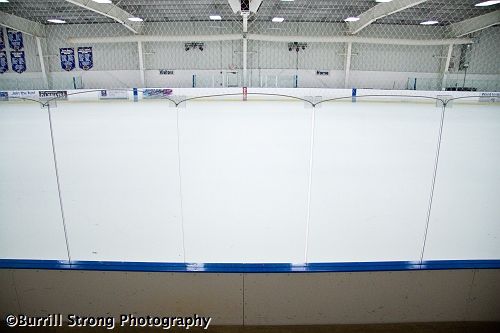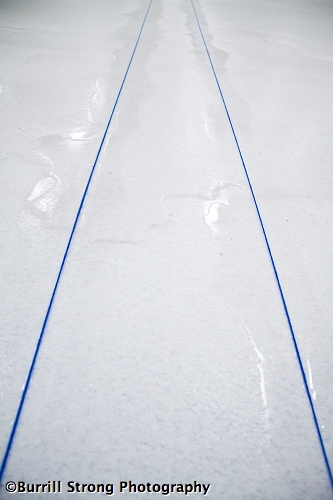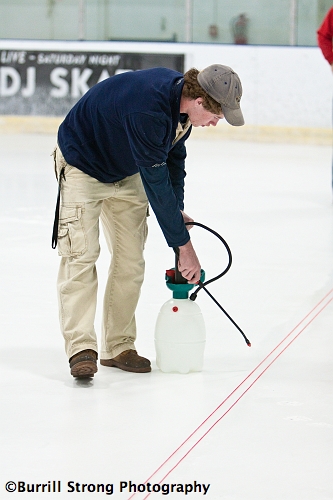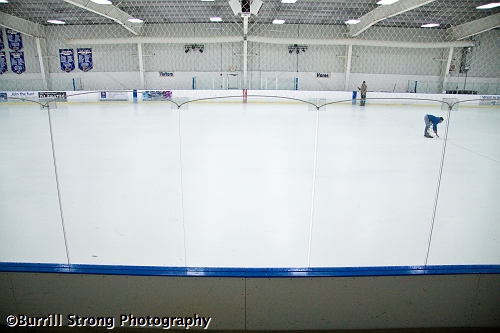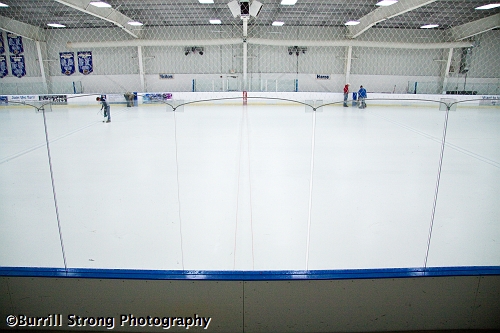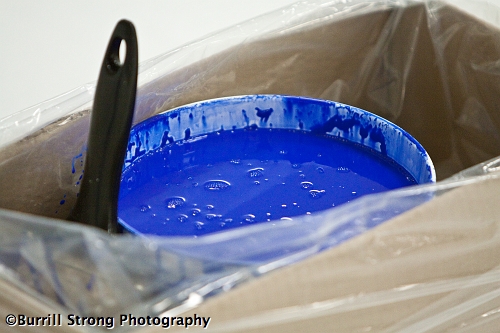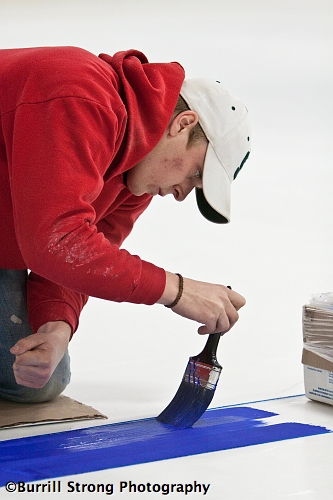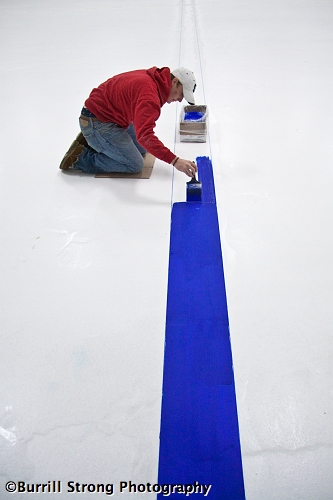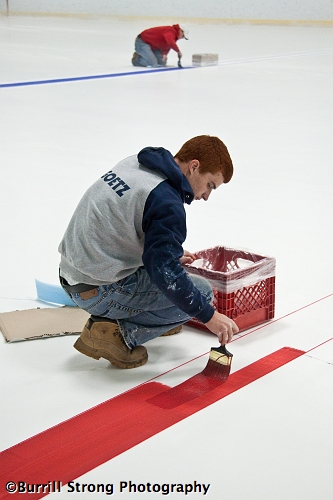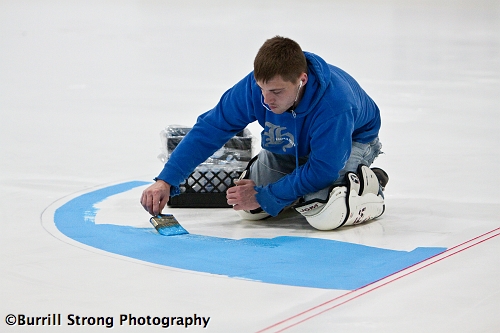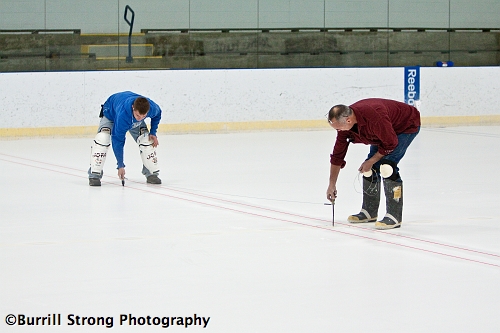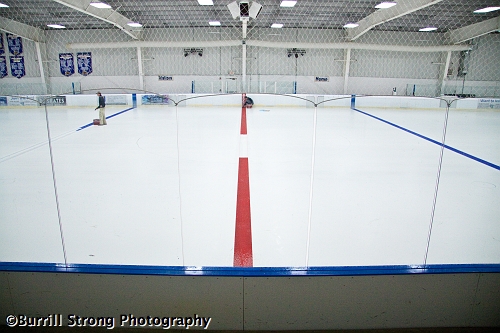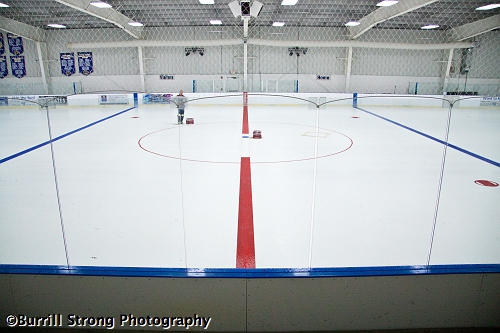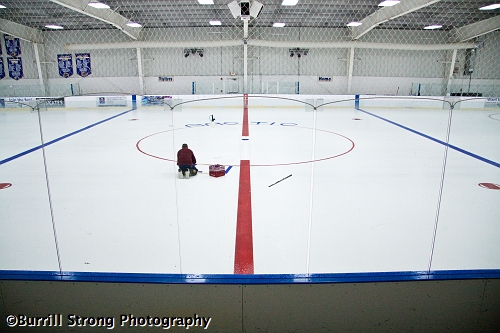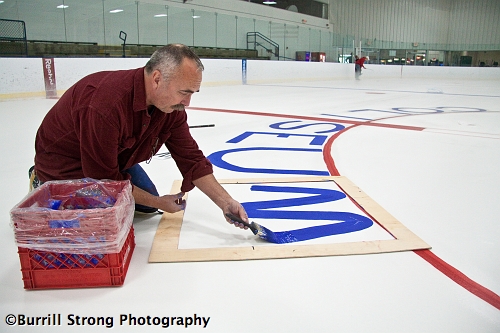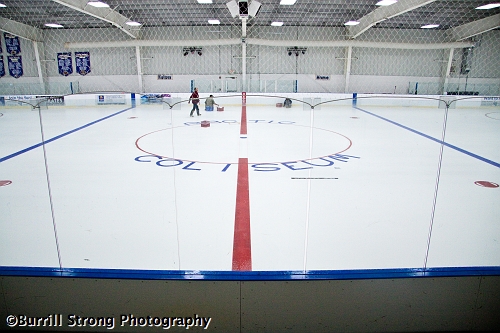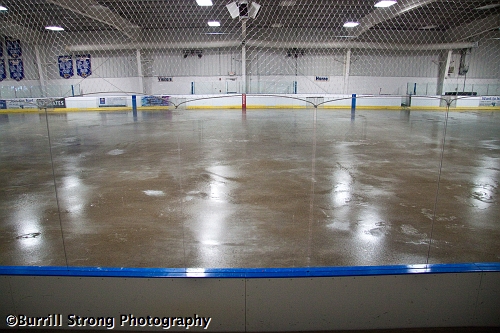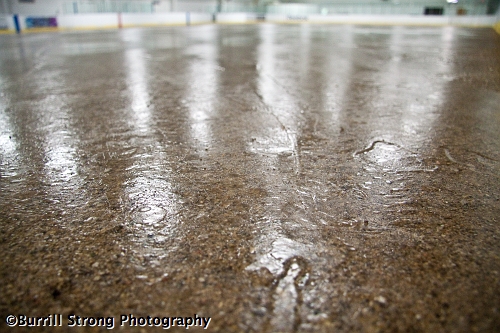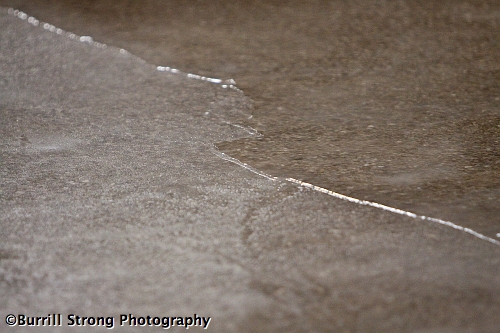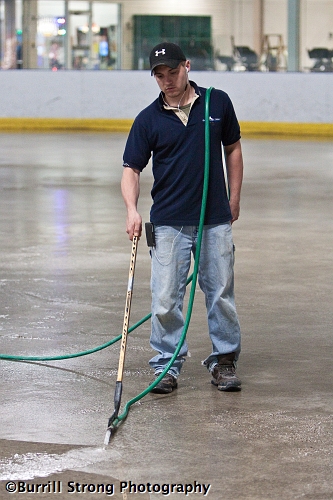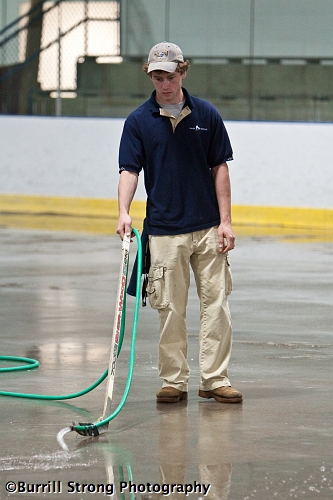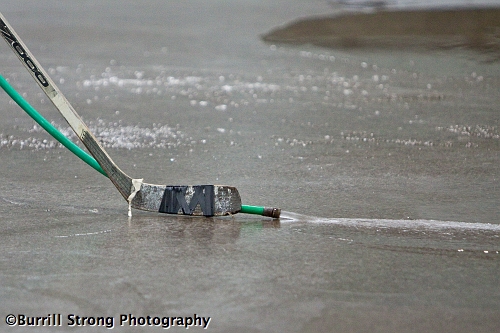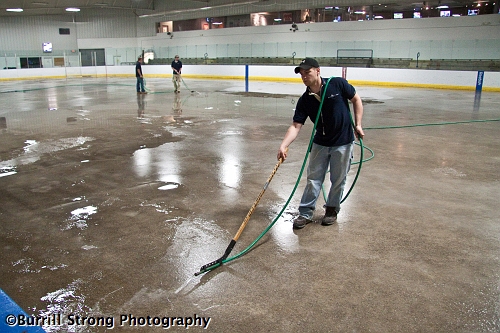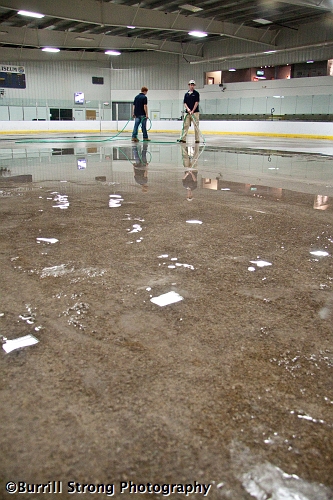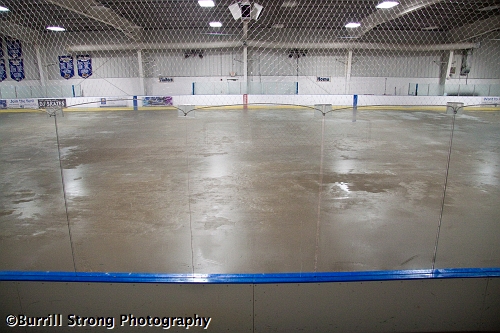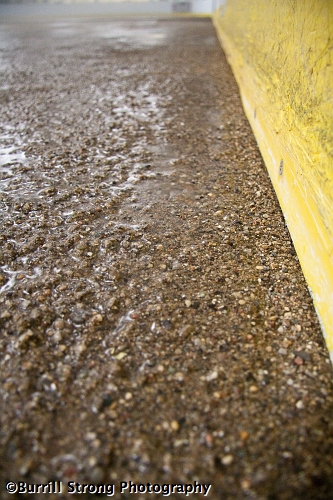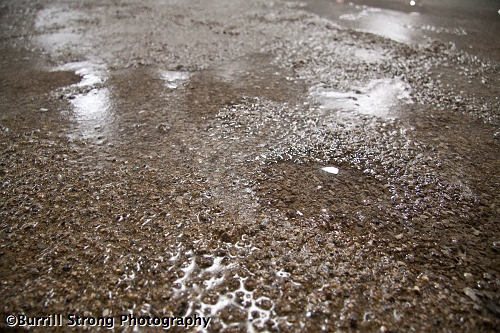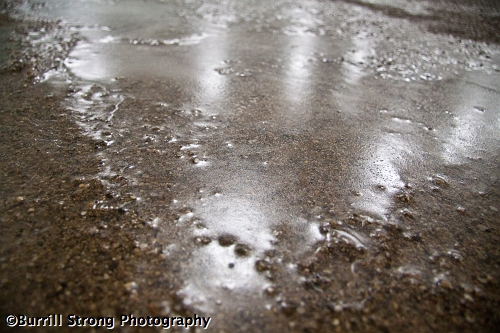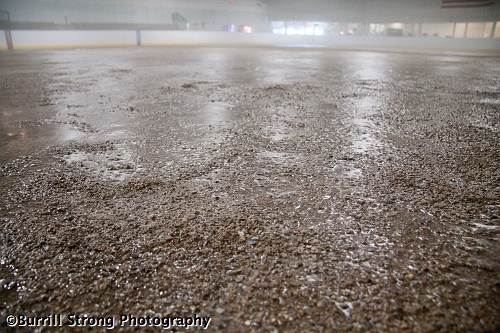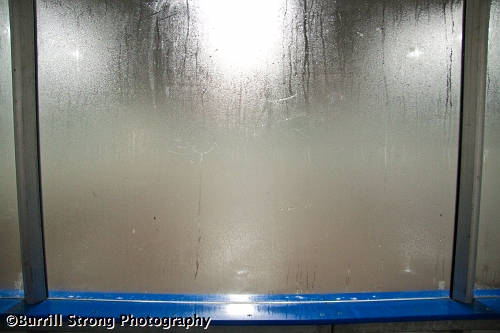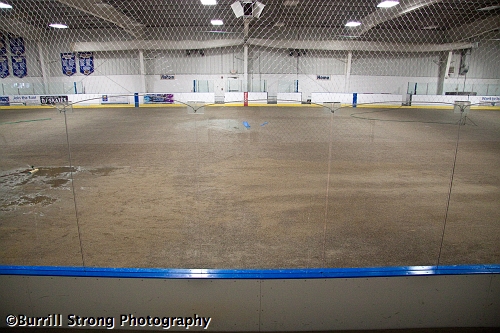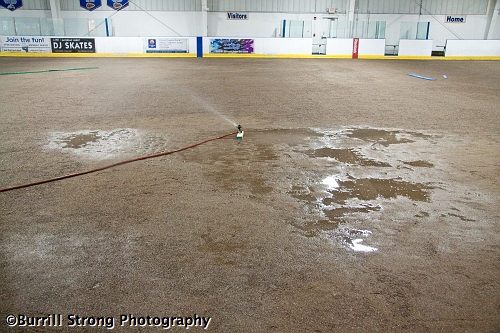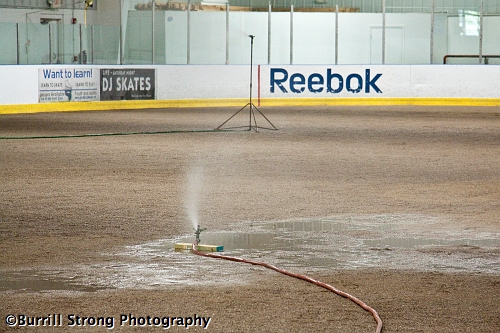Freshmen: defeated by Huron, 0-23
JV: defeated Huron, 41-14
Varsity 2010 record: 1-0 (0-0 SEC White)
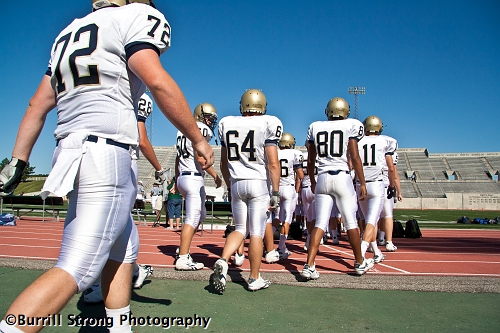
First, a note to assuage the inevitable curiosity: T.A.D. is the team’s slogan this year, and it stands for Trust, Accountability and Desire.
Okay. On to the game.
Location: Ypsilanti, MI (Eastern Michigan University’s Rynearson Stadium)
Opponent: Ann Arbor Huron
Mascot: The River Rats
Real Mascot: The Hurons. If Pioneer can be the Pioneer Pioneers, then Huron should be the Huron Hurons.
Last Decade vs. Chelsea: 0-4. Huron is 1-6 overall against Chelsea, with the lone victory coming in the first game between the teams in 1997.
Last Game vs Chelsea: Chelsea defeated Huron 35-29 in 2009
The story so far:
Ever since the end of the 2009 season, the Chelsea football program has been bombarded with countless variations of the same question: “What are you going to do without Nick Hill?” While it’s easy to answer that question with countless variations of “Chelsea football is more than one player,” the only answer that quiets the questions is the answer on the field. The game against Huron provided an opportunity to show yet again that Chelsea football is not just one player, but a complete and consistent program.
First Quarter:
When phalanges met football (phootball?) to open the 2010 season, senior Matt Gillespie — whom AnnArbor.com described as “diminutive” — gave Chelsea the fastest start possible: he returned the opening kickoff 86 yards for a touchdown. After the first of Huron’s four first-quarter three and outs, Nate Udell kept the party going with a 48-yard touchdown pass to Mason Borders; after another Huron three and out and a 41-yard Chris Ballow punt return to the 20 yard line, sophomore Berkley Edwards scored his first career varsity touchdown, giving Chelsea a 19-0 lead only six minutes into the game.
The rest of the quarter was decidedly uneventful: Chelsea’s offense took a nap and lost a fumble, and Huron managed to gain exactly one first down.
Second Quarter:
Chelsea’s offensive nap continued into the second quarter, and its sleepiness even rubbed off on the defense: after Bradbury Robinson‘s gentle reminder to Huron that the forward pass is indeed legal, Huron used a 38-yard pass play to invade Chelsea territory on its way to a touchdown. That touchdown ended the slumber of the Chelsea defense: while Huron’s next drive crossed midfield, it stalled well out of danger at the 40. However, Chelsea’s offense continued to doze, so the half ended with Chelsea leading, 19-7.
Quite inexcusably, there was no marching band entertainment at halftime.
Third Quarter:
It seems there were no alarm clocks in either locker room at halftime: for over 11 minutes of the third quarter, the closest anybody came to any sort of excitement was a missed 48-yard field goal by Chelsea. But just when the game was beginning to feel more like golf than football, senior quarterback Brian Paulsen woke up the Bulldog faithful with a six-yard touchdown run with only 25 seconds left in the quarter, giving Chelsea a 26-7 lead. Huron produced a glimmer of hope with a 29-yard pass play to end the third quarter inside the Chelsea 40…
Fourth Quarter:
…But a series of negative plays and penalties pushed Huron back out to midfield, ending the drive with a short punt and effectively ending hopes for a comeback. From that point the game consisted of Huron playing football mostly against a cast of Chelsea backups on both sides of the ball. Even so, Huron couldn’t finish a drive, so the score remained unchanged through the fourth quarter.
Final Score:
Chelsea: 26
Huron: 7
Don’t Forget My Number:
- Berkley Edwards led Chelsea in rushing with 71 yards and one touchdown on 13 carries. Joey Newland wasn’t far behind: he had 68 yards on 13 carries. That is an important answer to the question of what the team will do without Nick Hill because it stands in stark contrast to the Hill era, when Hill would have a couple hundred yards and the next back would have three Solitaire victories on his iPhone.
- Mason Borders led Chelsea in receiving with 109 yards and one touchdown on 5 catches.
- The Chelsea defense led both teams in Total Awesomeness, clogging running lanes better than a ball of hair clogs drains: Huron gained only 77 yards rushing, finished 1 for 14 on third down conversions and punted nine times.
Photographic Evidence:
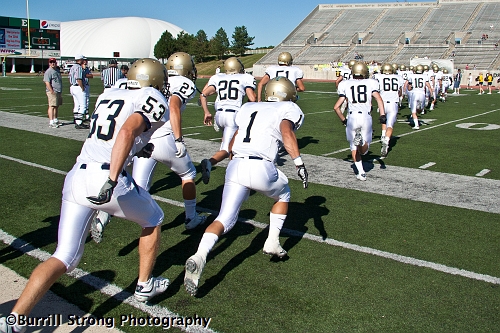
All I said was that there were fresh-baked chocolate chip cookies on the other sideline. They must have been hungry.
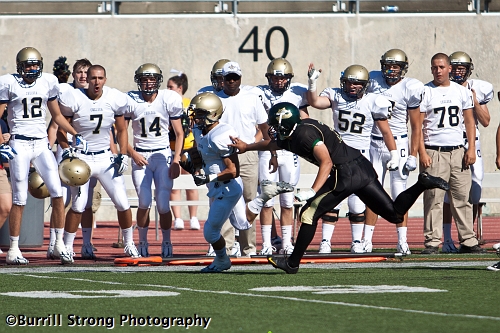
The Huron kicker just wanted to tell Matt Gillespie a secret…
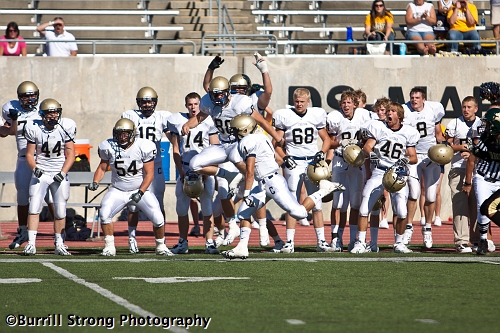
…And Gillespie said, “Sure! Come tell it to me in the end zone.”
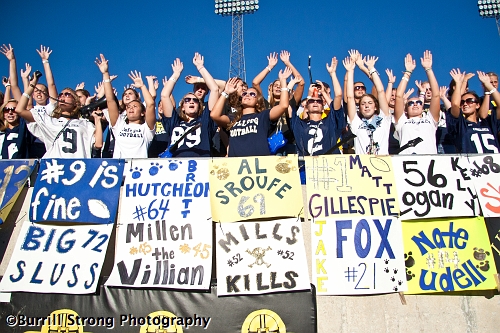
Either they’re enthusiastically volunteering…or they’re doing the wigalow. Hands up high, feet down low!
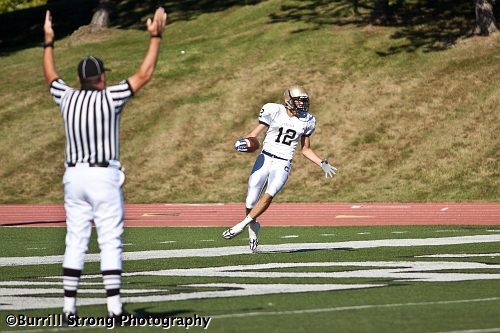
Wonders Mason Borders: “Wait…wasn’t there supposed to be a defense?”
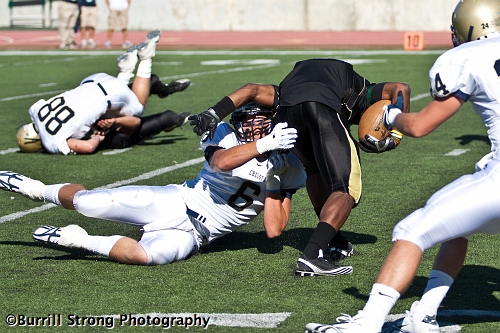
Logan Yordanich can multitask: he can make a tackle and look at the camera at the same time!
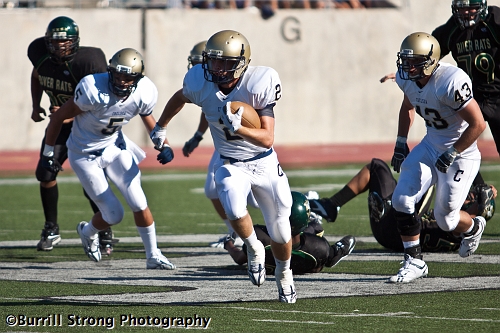
Side effects of Chris Ballow may include missed tackles.
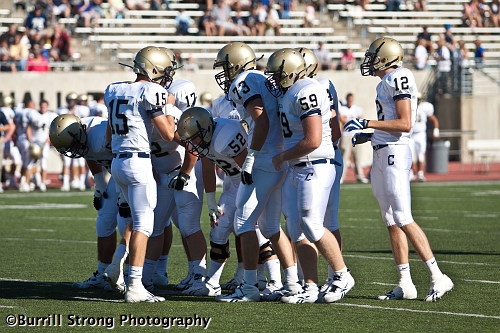
“Okay…I think we should all go to the Eminem and Jay-Z show in Detroit. Oh, and I guess we should run a play now, too.”
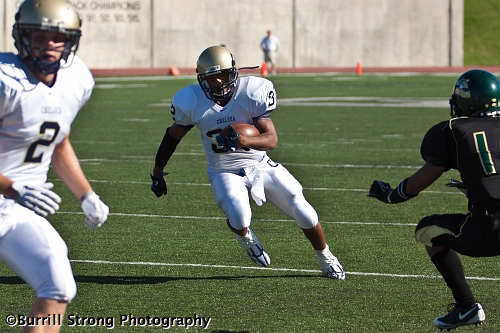
Is that defender going to be able to stop Berkley Edwards from crossing the goal line?
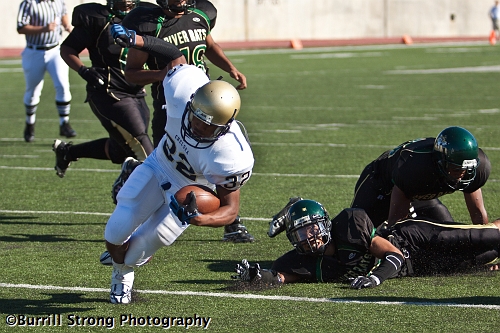
Of course not! You can’t stop the Berkley Express from reaching his destination.
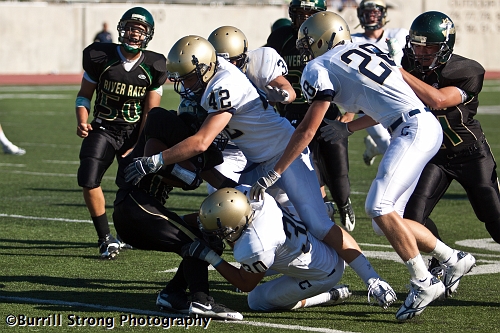
Huron tried a radical new strategy of not blocking anybody. It was a remarkable success.
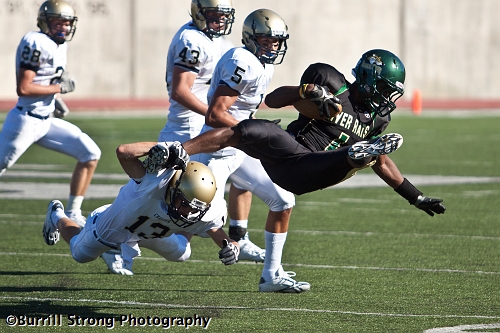
Charlie Hess will make you jump! Jump!
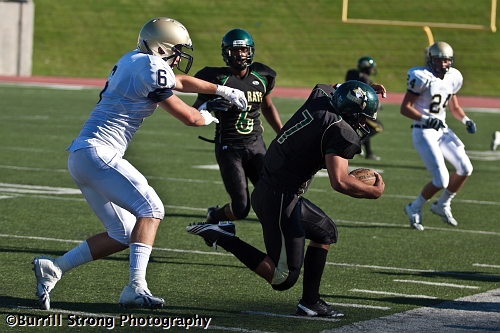
Logan Yordanich can push you out of bounds simply by gesturing at you.
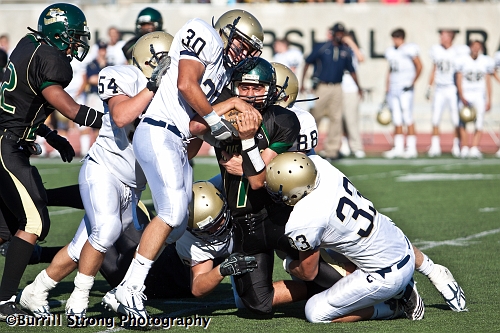
Well, look who’s Mr. Popular!
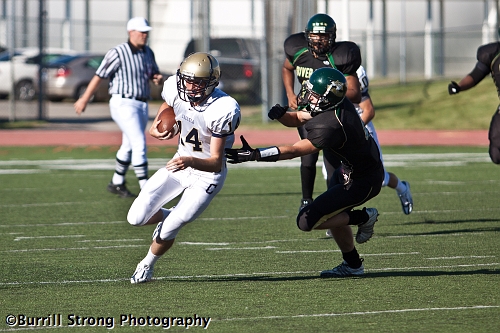
Though Huron’s scouting indicated otherwise, Nate Udell is, in fact, not ticklish.
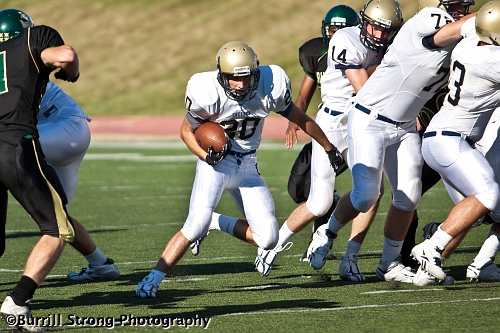
Calling Joey Newland’s running lane a gaping hole is like calling Warren Buffett moderately wealthy.
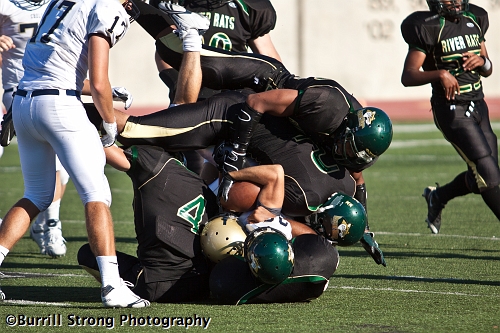
No, really: Joey Newland is in there somewhere.
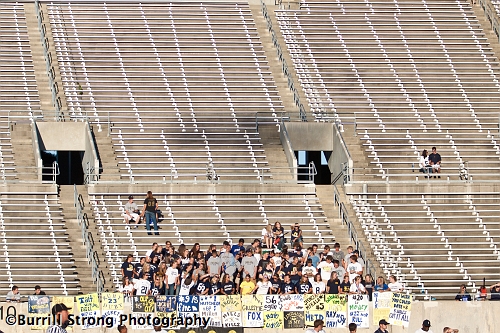
Yes, the Chelsea student section is that intimidating.
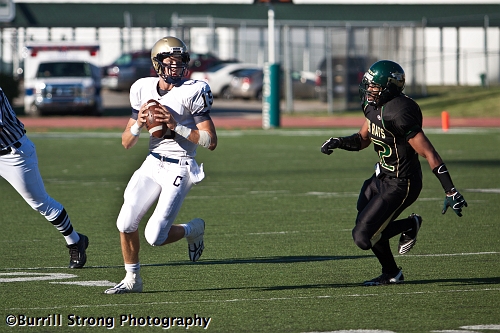
Brian Paulsen can’t shake the feeling he’s being followed.
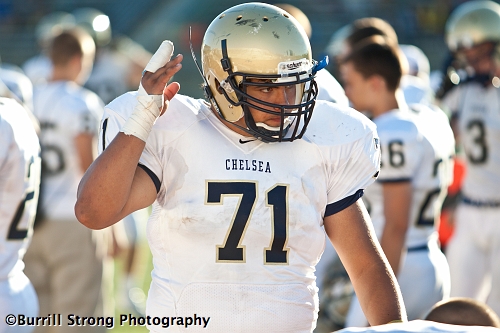
Aaron Johnson knows the answer to your question.
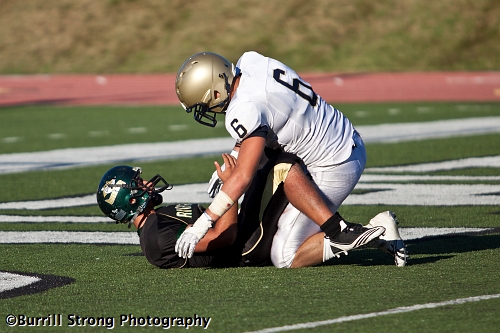
Now that he has your attention, can Logan Yordanich interest you in a timeshare?
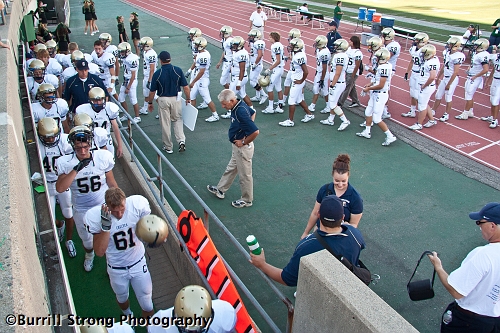
You’d think EMU would have opened more than one checkout lane.
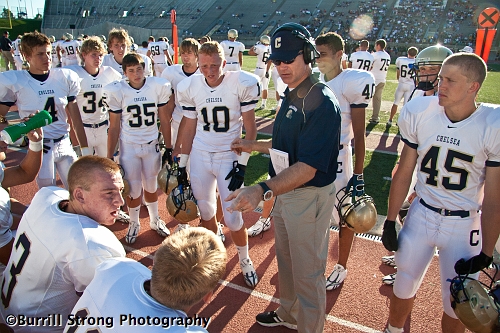
“You know what would get that stain out and leave your jersey brilliantly white? Tide with Bleach. Trust me.”
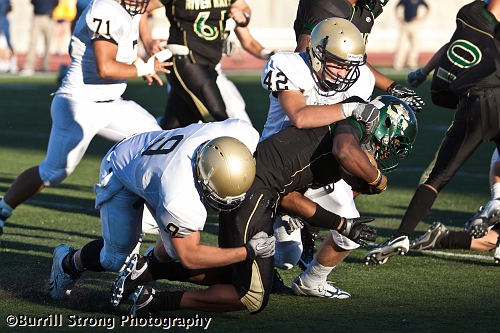
Cal Bauer and Anthony Catalina are all about teamwork.
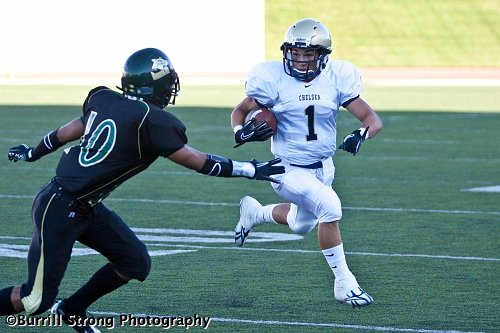
Be careful — if you make eye contact with Matt Gillespie, he’ll steal your soul!

The scoreboard operator cleared the score too quickly, but trust me: Chelsea won, 26-7.
Next Week:
The Bulldogs face the Trojans of Monroe. The game is in Chelsea on Friday at 7pm. Be there!
